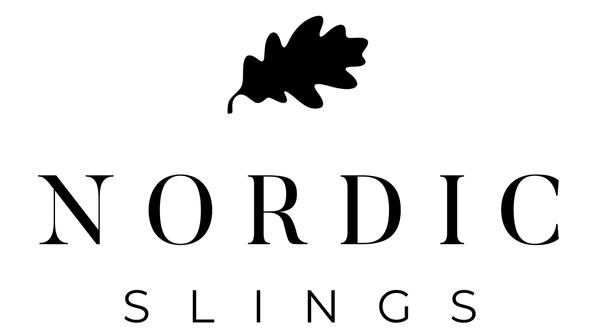Technical terms used in this article:
Grip, slide, cush, bounce, firmness and "going for a spin". Explanation of the terms can be found at the bottom of the article.
--
Silk is the thread from the cocoon of the silk mill and has been a luxury material since ancient times. Like wool, silk has very good temperature regulating properties.
In carrying tools, you will typically encounter two different types of silk: Smooth silk spun from unbroken silk threads, and nubred silk , spun from shorter fibers. While both types of silk go by many different names and designations, the difference between smooth and nubbed silk is what makes the biggest difference in terms of wear properties.
Silk, regardless of the way it is spun, has the same temperature-regulating properties and is treated the same in washing. Silk is a protein fiber, and therefore must not be washed with detergent containing enzymes. Use detergent for delicate washing or wool/silk instead.
SMOOTH SILK
Smooth silk is spun from the unbroken, cleaned thread from the cocoon of the silk mill. The smooth silk is the strongest fiber you can find, in relation to its thickness. With a wrap in smooth silk, you will therefore end up with a carrying tool that is incredibly firm, without cush, extremely slippery and has a very beautiful shine.
Smooth silk can be "hard" and is often combined in gear with other materials or weaves that add more cush and grip to the gear.
Smooth silk is often called mulberry silk, but the term mulberry silk simply describes the type of moth that has spun the thread (Bombyx Mori), and mulberry silk can therefore also be nubred silk, spun from leftovers from the production of smooth silk.
Going for smooth silk: Smooth silk is soft from the start, but the hardness of the thread means that not much extra softness can be gained with use.
NUBRET SILK
Nubred silk is spun together from shorter fibres, and behaves differently than smooth silk. The thread's uneven surface provides good grip, and the uneven silk will have a bit more bounce and cush than a thread of smooth silk. There will typically be very little or no shine. Nubret silk is often spun from excess silk from the production of smooth silk, and the uneven threads often contain more of the silk mill's "glue" from the pupa. This natural content of glue is harmless, and gives e.g. bourette silk its distinct scent, which many love. The scent is often stronger when the wrap is wet. However, the scent will always diminish again when the wrap dries. Sometimes you can also find small straws in nubred silk thread - this is naturally occurring from the pupa, and typically disappears by itself after washing and when the wrap is used.
Nubret silk is often combined in carrying tools with smoother materials, so that the overall result glides more easily and has less bounce.
Nubret silk is often referred to as bourette-schappe-wild or tussah silk.
Going for nubret silk: Nubret silk is incredibly soft from the start, and can be very grippy "a velcro wrap". As the carrying tool is moved, it will become less grippy and the silk will be stretched so that the carrying tool becomes less bouncy. You will therefore end up with a wrap that slides more easily in the layers, and has a little less bounce.
ANIMAL WELFARE
Unfortunately, it cannot be avoided that silk moths are killed to extract silk. However, the insect is a valuable source of protein, and does not go to waste - they are used either as animal feed or as human food. The fat silkworms are a delicacy in many Asian countries.
Subject terms:
Grip: How well a wrap "sticks" to itself. Grip ensures that a wrap stays in place and does not slide up. However, too much grip can make it challenging to tie tightly enough.
Glide: The opposite of grip. How well a wrap slides over itself. Too much slip can make it challenging to get a binding to stay in place.
Cush: How "cushiony" a wrap/sling is on the shoulder.
Bounce: How elastic a wrap/sling behaves. The opposite of firmness.
Going for a spin: How the fabric changes with use. A used wrap/sling is often softer and easier to use than a brand new one. It depends to a large extent on the materials how much work is required before a wrap is complete.










